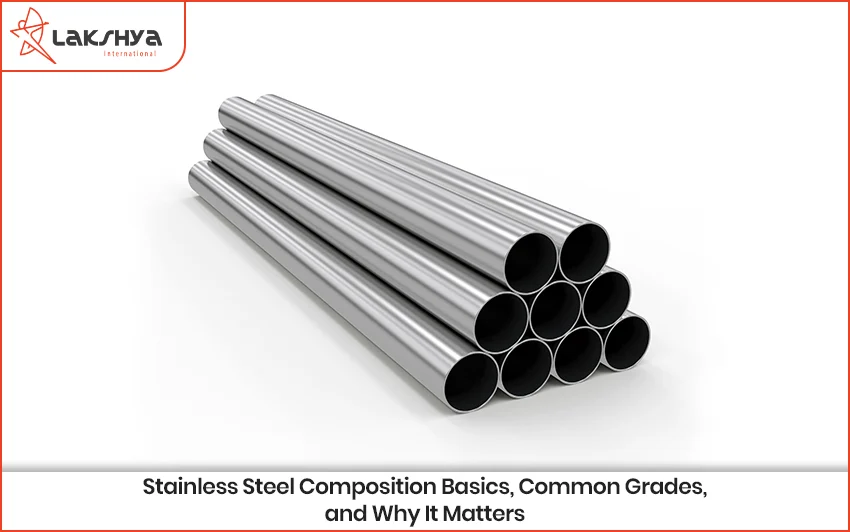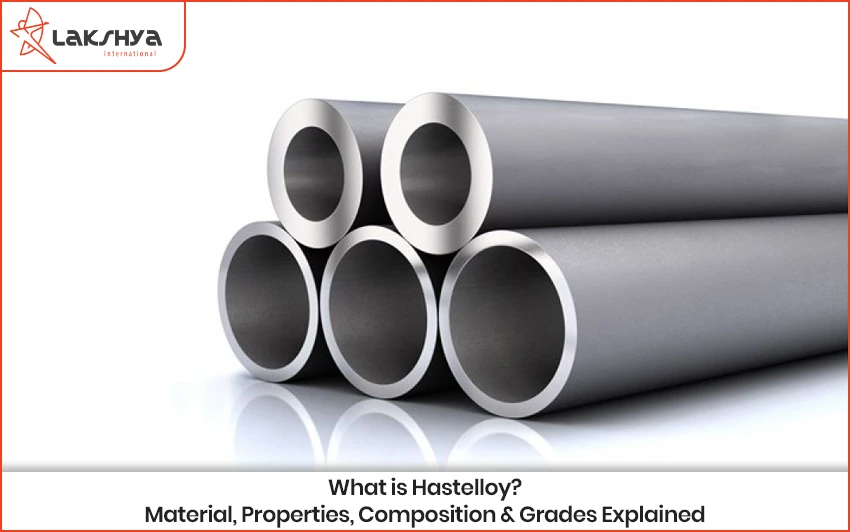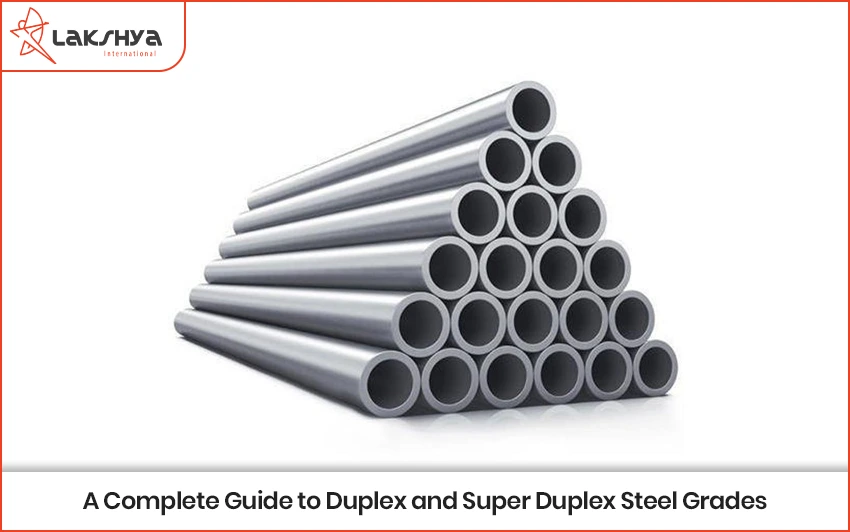In order to comply with the government’s COP26 commitments, the Ministry of Steel has requested the stakeholders to develop a time-bound action plan to cut emissions in the steel industry. A government report states that whereas the iron and steel sector generally generates 8% of the world’s yearly carbon dioxide (CO2) emissions, it makes up 12% of the total CO2 emissions in India. The COP26 climate change summit’s accords require the Indian steel industry to considerably decrease its emissions.
Prime Minister Narendra Modi said at the COP26 global climate summit in November 2021 that India will reach its goal of having net zero emissions by the year 2070.
In a recent meeting, Steel Minister Ram Chandra Prasad Singh “urged the stakeholders to develop a time-bound action plan and work together to reduce emissions from the steel industry in line with the commitments made by the Government at COP26.”
There were also talks about the current situation, the next steps for promoting the switch to green steel, the different strategies and technologies that the steel industry can use to make green steel, and the levels of technology readiness, among other things.
At the meeting, people also talked about using green hydrogen to make iron and using carbon capture, use, and storage (CCUS) technologies to cut down on emissions.
The ministry stated, “Reputable academic institutions, research laboratories, and steel companies have submitted joint collaborative R&D project proposals for the development of new alternative processes and technologies to address the challenges facing the sector…(and) providing financial assistance under the R&D Scheme for the Financial Year 2022-23.”
Read More :
How does India intend to decarbonize the steel sector? : Steel is one of the most important parts of modern society, and as one of the most important materials for engineering and building, it is used in many parts of our lives. At the moment, the steel industry is one of the three industries that make the most carbon dioxide.
Grades of Low-Alloy Steel Flowchart: When the amount of Ni, Cr, Mo, and other alloying elements is less than 10.5%, the steel is called low alloy steel. Low alloy steels range from steels with small amounts of chrome and nickel to 11/13Cr steels with 4% nickel. It makes the performance better at high temperatures and gives some corrosion resistance.




